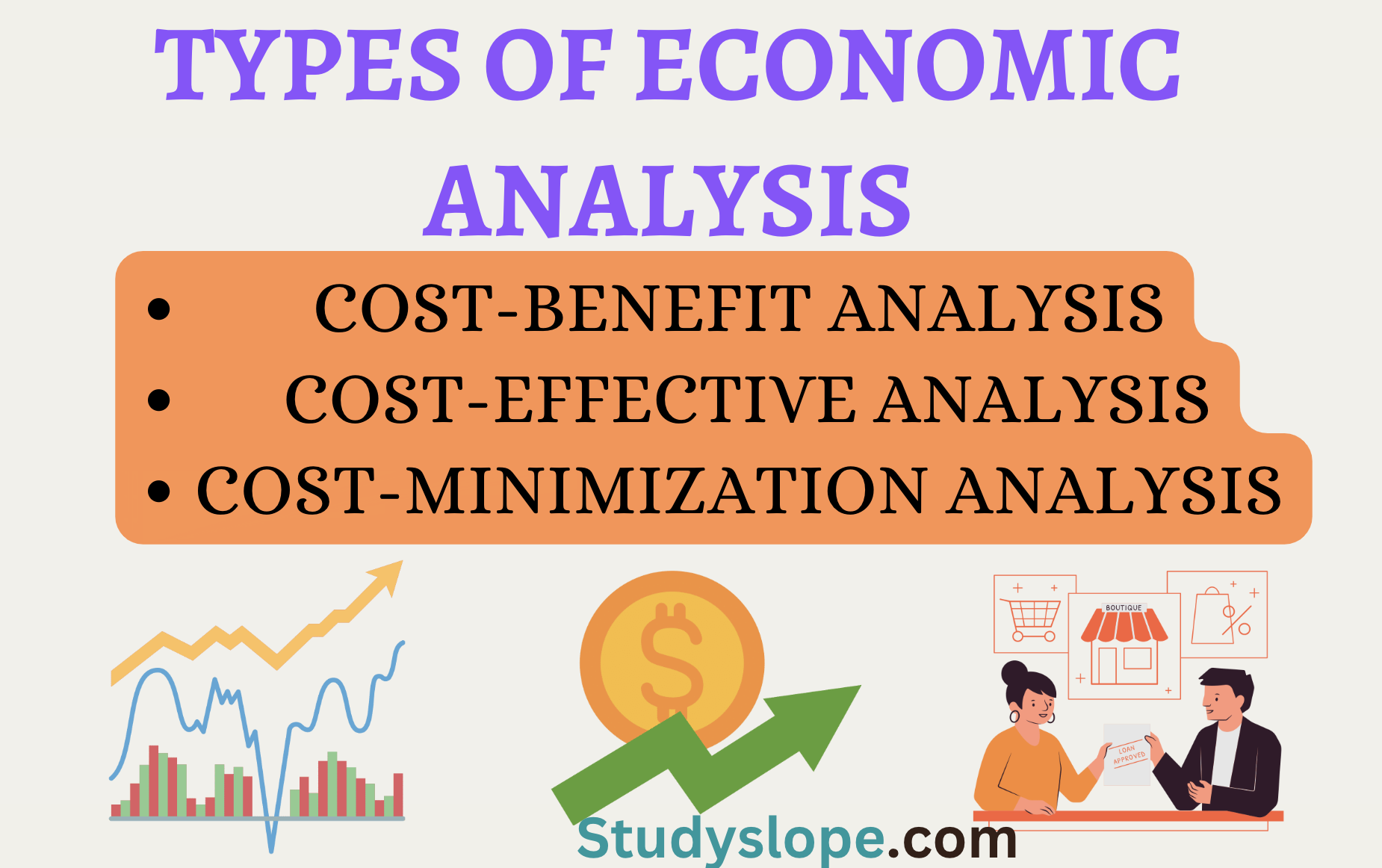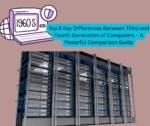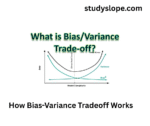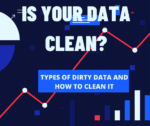Before understanding Types of Economic Analysis lets understand the basic concept about Economic Analysis. Economic analysis is the process of looking at how goods and services are made, distributed, and used. It means using economic ideas and methods to figure out how an economy works and how it can be made better.
Economic analysis can be used for many different things, like figuring out how to use resources, setting prices, and dividing up income. You can use economic analysis to make smart choices about policies, investments, and other actions that can affect an economy. It can also be used to predict how the economy will be in the future and figure out what the effects of different economic policies might be.
Types of Economic Analysis
Cost-Benefit Analysis
A cost-benefit analysis is a way to figure out what a decision or project might cost and what it might bring in return. It is a way to compare the costs and benefits of different options to figure out which is the best deal or most helpful.
To do a cost-benefit analysis, you need to list all the costs and benefits of each option and put a dollar amount on each one. This can be done by putting a dollar amount on each cost and benefit or using a value scale to compare how important each cost and benefit is.
Once you have given each cost and benefit a value, you can figure out the net benefit of each option by taking the total costs and subtracting them from the total benefits. Most of the time, the best or most cost-effective choice is the one with the highest net benefit.
Cost-benefit analysis can be used to evaluate many different kinds of decisions, such as policy decisions, investments, and business decisions. It is often used by governments and businesses to help them decide how to best use their resources and get the most out of them.
You may also like : Advantages and Disadvantages of strategic management
Cost-Effective Analysis
Cost-effectiveness analysis is a way to compare how well different options help you reach a certain goal. It involves comparing the costs of different options with the benefits they produce in order to find the most cost-effective option.
To do a cost-effectiveness analysis, you must list the costs and benefits of each option and give each one a value based on how much it helps you reach your goal. This can be done by putting a dollar amount on each cost and benefit or by using a value scale to compare how important each cost and benefit is.
Once you have given each cost and benefit a value, you can divide the total costs by the total benefits to figure out the cost-effectiveness ratio for each option. Most of the time, the most cost-effective choice is the one with the lowest cost-effectiveness ratio.
In the healthcare field, cost-effectiveness analysis is often used to compare the costs and benefits of different treatment options. It can also be used in other fields to compare how well different ways of reaching a certain goal work.
Cost-Minimization Analysis
Cost-minimization analysis is a way to compare how much different ways to reach the same goal will cost. It means figuring out how much each option will cost and comparing them to see which one is the least expensive.
To do a cost-minimization analysis, you need to figure out how much each option will cost and put a dollar amount on it. This can include both direct costs, like the cost of materials or labour, and indirect costs, like the cost of giving up the chance to use resources for something else.
Once you know what each option will cost and how much it will cost, you can compare them to see which one is the least expensive. In a cost-minimization analysis, the most cost-effective choice is usually the one that has the lowest total costs.
The healthcare industry often uses cost-minimization analysis to compare the costs of different treatment options. It can also be used in other fields to figure out how much different ways of reaching a certain goal will cost.
Recent Posts





